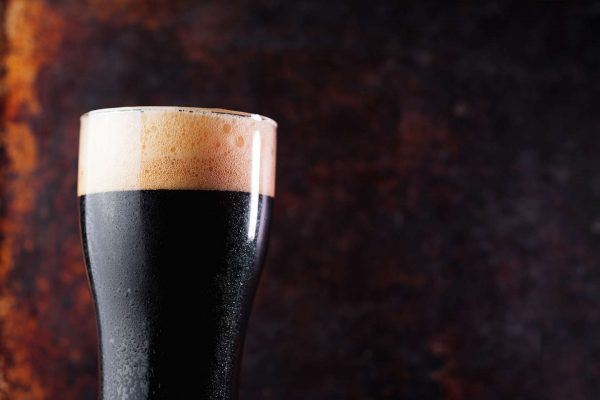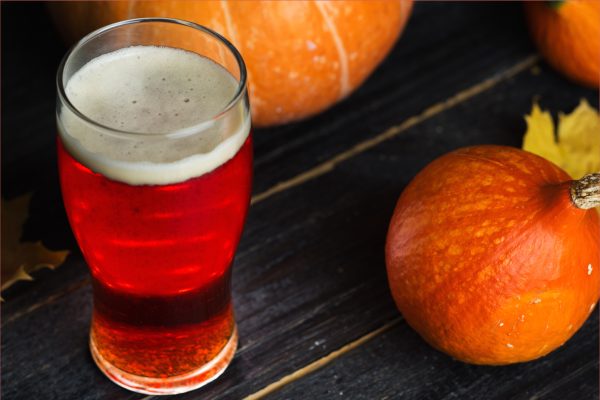
A Blast from the Past: 18th Century Porter
During the 18th century, one particular style of malt liquor dominated the British beer market—porter. To recreate historic porter, it is necessary to understand what it was.
Peruse pairings, learn how to make beer, cider, mead, kombucha, and other alternative fermentations, get DIY tutorials, and much more in our archives.

During the 18th century, one particular style of malt liquor dominated the British beer market—porter. To recreate historic porter, it is necessary to understand what it was.

Comparing American stouts with the other stouts of the world, the American brash nature blasts like a klaxon alarm next to their more restrained flavors.

February in Boulder, Colo. can be snowy and cold, but for stout lovers here, it’s one of the hottest months on the calendar as Mountain Sun holds its Stout Month.

The upcoming holiday celebrations deserve something special, a libation that will leave your guests abuzz. In my house, that means pumpkin beer.

The lead brewer at Dogfish Head Craft Brewery offers tips on brewing with non-traditional ingredients such as fruits and herbs. Basil raspberry porter, anyone?

American Homebrewers Association founder Charlie Papazian looks back at 30 years of the AHA, plus a peek at some past Zymurgy covers and memorable recipes.

Our Commercial Calibration judges, in honor of the AHA’s 30th anniversary, tasted two craft beers that have stood the test of time: Anchor Liberty and Boulder Planet Porter.

In an extended World of Worts column, Charlie Papazian gathers some friends in England to taste 60-year-old meads, with some surprising results. Here are his tasting notes.

The award-winning brewmaster of Firestone Walker offers his perspective on how to get more hop character into your beer without necessarily adding more hops.

More than 950 homebrewers converged in Cincinnati for the American Homebrewers Association’s National Homebrewers Conference June 19-21.
Share Post